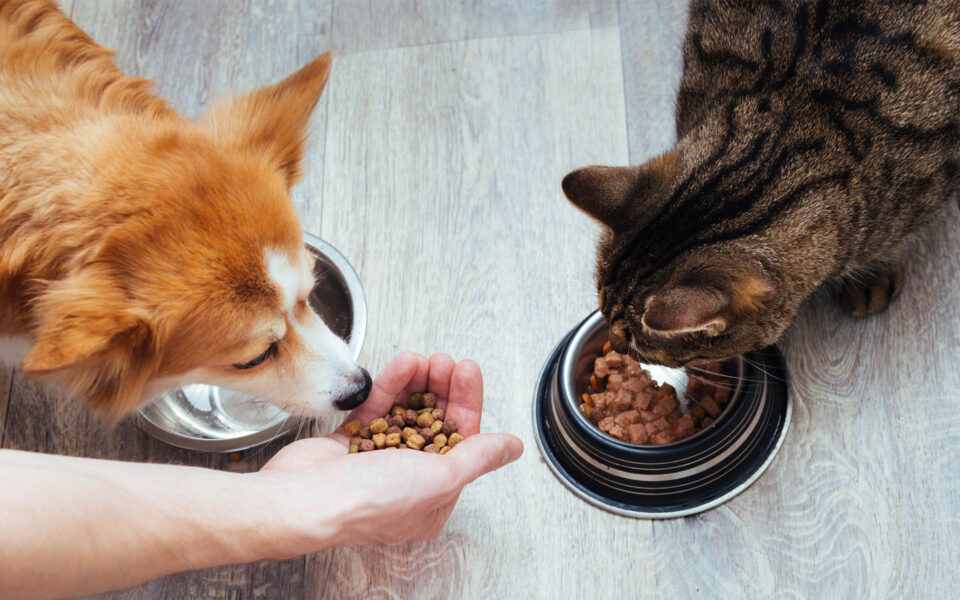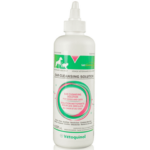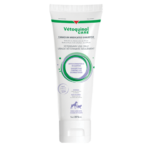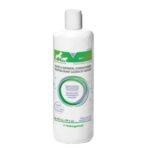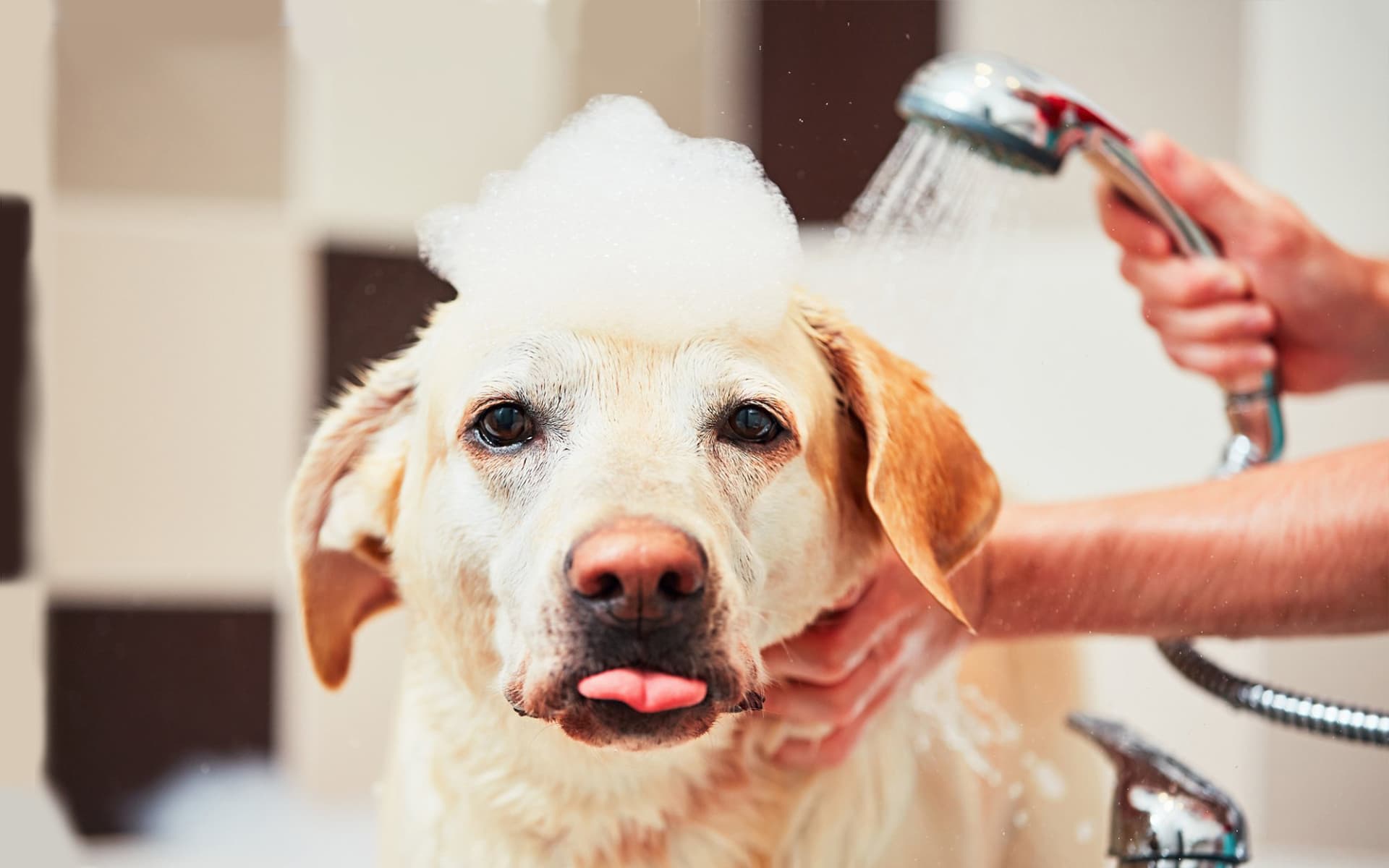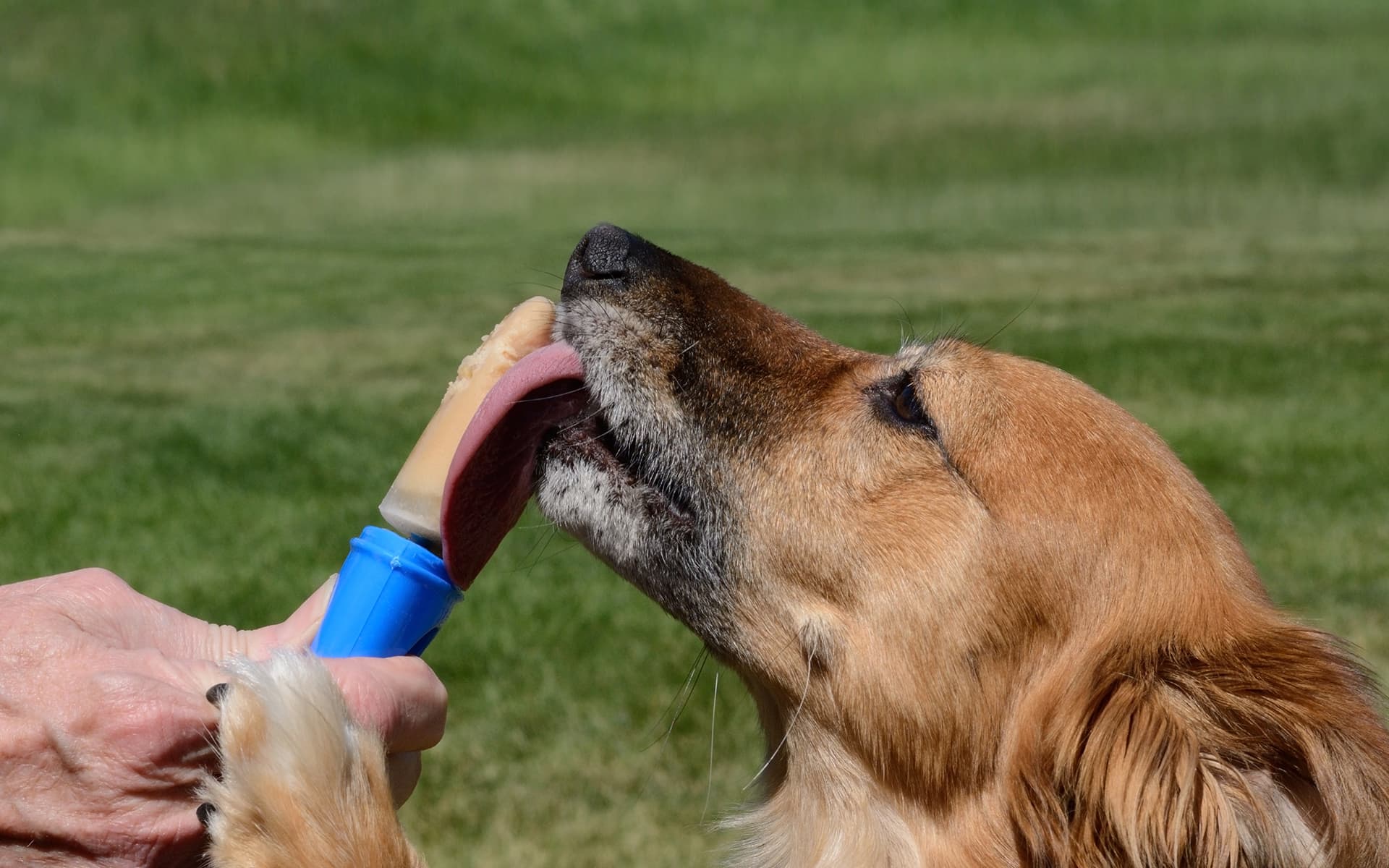Thanks to standardized nutrition labels, it’s easy to compare two brands of sliced bread and make the healthier choice. But dog food and cat food packaging can be harder to understand. Here’s some basic advice to help you make informed decisions when it comes to buying food for your furry friend.
Pet food ingredients
Ingredients in pet food are listed by weight, starting with the heaviest. Meat such as beef, chicken or fish contains a high amount of water, which is comparatively heavy and may easily move these ingredients to the top of the list. Some filler ingredients may be broken down by individual type—such as brewer’s rice and brown rice being presented separately—to appear less abundant.
Accordingly, the ingredient list by itself isn’t that useful to determine whether a food is healthy or not, but provides key information if your pet has any food allergies. Some animals with food allergies require a hypoallergenic diet, as prescribed by a veterinarian.
Actual meat, by-products and meat meals
If a meat ingredient’s name is listed by itself – for example, chicken – you can be assured that there’s more of it by weight than the ingredients listed after it. However, if the meat is accompanied by other words, such as chicken dinner, chicken flavour or with chicken, the actual amount of meat in the food could be relatively small.
Meat by-products include animal parts which may not sound all that appetizing to humans but pets will gladly eat, such as blood, bone, heart or tongue. Many by-products, such as the liver, are healthy and rich in nutrients.
The expression meal (as in chicken meal or lamb meal) means water was extracted from the product. Meat meal is less specific and could contain meat from a variety of sources, including by-products.
Preservatives in pet food
The typically long list of complex-sounding ingredients further down includes preservatives, artificial colours and stabilizers. Such products are necessary to prolong shelf life and are used in regulated amounts to be safe for pets.
Guaranteed analysis
This part indicates the minimum and maximum amount of certain nutrient that the product is allowed to contain (such as fat, fibre and sodium). Actual figures may vary within these defined parameters.
Feeding guide and nutritional adequacy statement
A label will let you know whether the food is designed for growth (for young pets), maintenance or weight loss. The amount of food to be served per day is based on your pet’s ideal weight, which your veterinary clinic can provide.
This part of the label indicates whether the food has been formulated to offer a complete and balanced diet for most animals (“for all life stages”) or for a more specific group, such as growing puppies or adult cats. Pet food intended “for all life stages” may contain more calories and nutrients than are needed for some adult or senior pets.”
Need help? Ask your veterinary clinic
That’s a lot of information to digest. It gets even more complicated if your cat or dog has special needs, such as a food intolerance or a urinary condition. When in doubt, ask your veterinary clinic for advice on the most suitable product and how much you should feed your pet.

